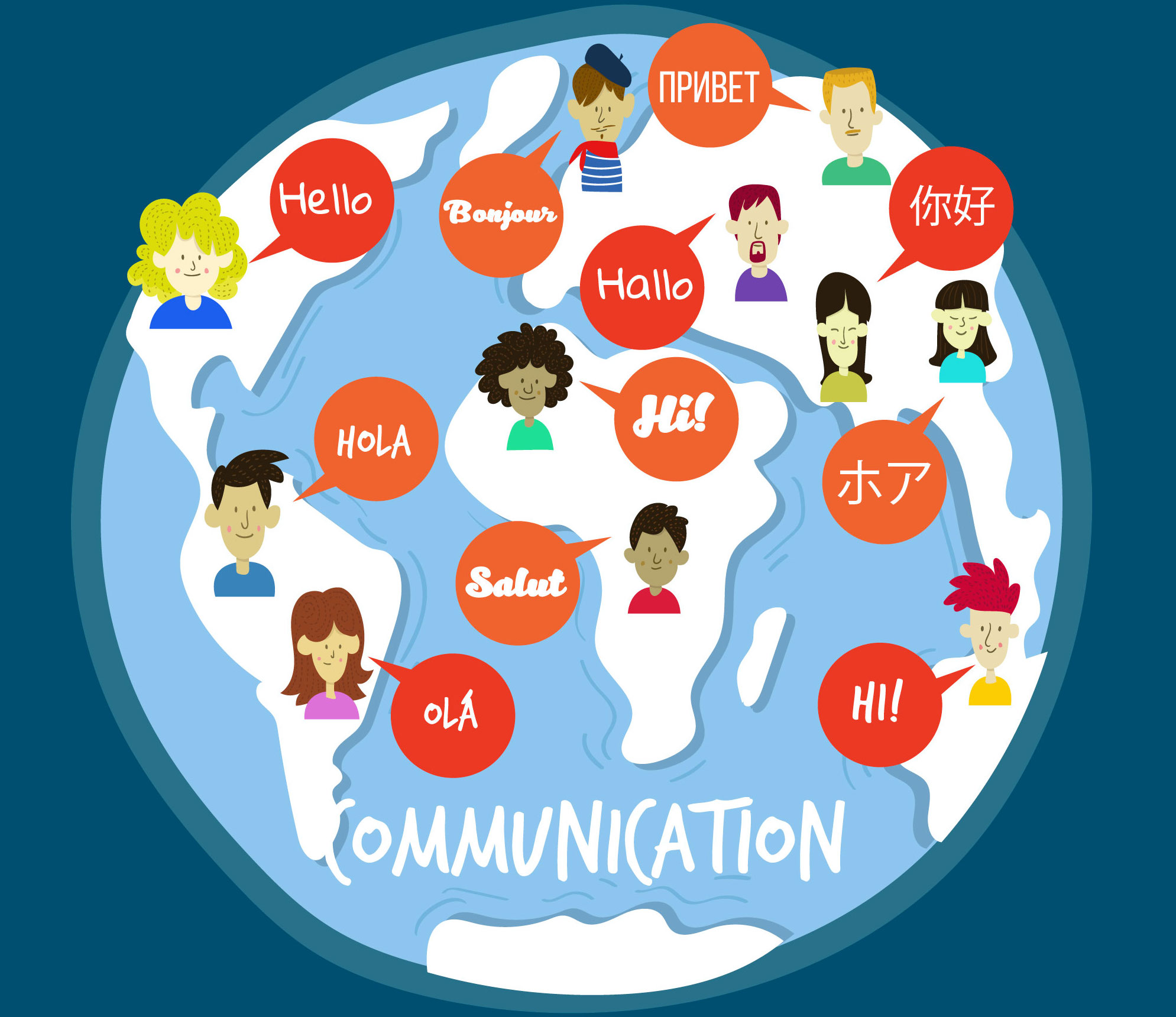Learning a new language can be an exciting and rewarding experience, but it can also be challenging and intimidating. While many language learners focus on memorizing vocabulary and grammar rules, there’s actually a lot more going on behind the scenes when you learn a new language. In fact, language learning involves a complex interplay of cognitive processes and neural networks in the brain.
So how exactly does the brain learn a new language? Let’s take a closer look at the science behind language learning.
The Brain and Language Learning
The brain is a remarkable organ that is capable of incredible feats of learning and adaptation. When it comes to language learning, the brain is equipped with a specialized network of neurons and neural pathways that are dedicated to processing and producing language.
The primary language centers in the brain are located in the left hemisphere, with the left frontal and temporal lobes playing particularly important roles in language processing. These regions of the brain are responsible for a wide range of language-related functions, including speech production, comprehension, and syntax.
When you learn a new language, your brain begins to create new neural pathways and strengthen existing ones in order to process and produce the new language. This process is known as neuroplasticity, and it allows the brain to adapt and change in response to new experiences and learning.
The Science of Language Learning
So what exactly happens in the brain when you learn a new language? Let’s take a closer look at some of the key cognitive processes and neural networks involved in language learning.
Attention
One of the first steps in language learning is paying attention to the sounds, words, and grammar of the new language. When you first start learning a new language, your brain needs to allocate more attentional resources to language processing in order to fully understand and produce the new language.
Over time, as you become more proficient in the new language, your brain is able to allocate attention more efficiently and automatically, allowing you to process and produce the language more quickly and accurately.
Working Memory
Working memory refers to the ability to temporarily store and manipulate information in the mind. When you learn a new language, your working memory plays a critical role in helping you to remember and use new vocabulary, grammar rules, and sentence structures.
As you continue to practice and use the new language, your working memory capacity for the language will increase, allowing you to process and produce more complex language structures and expressions.
Inhibition
Inhibition refers to the ability to suppress irrelevant or distracting information in order to focus on a particular task or goal. In language learning, inhibition is important for filtering out irrelevant sounds and words in order to focus on the important elements of the new language.
For example, if you’re learning a new language that has a similar sound to a word in your native language, your brain needs to be able to inhibit the automatic response to the native language word in order to correctly process and produce the new language word.
Implicit and Explicit Learning
Language learning can involve both implicit and explicit learning processes. Implicit learning refers to the subconscious acquisition of knowledge and skills, while explicit learning involves conscious effort and attention to learning.
When you first start learning a new language, you may rely more heavily on explicit learning processes, such as memorizing vocabulary lists and grammar rules. However, as you become more proficient in the language, you’ll begin to rely more on implicit learning processes, such as absorbing new vocabulary and grammar through context and exposure.
Language Input and Output
Language input refers to the information that you receive in the new language, such as listening to native speakers or reading written materials. Language output refers to the language that you produce, such as speaking or writing in the new language.
Both language input and output are important for language learning, as they provide opportunities for the brain to process and produce the new language in different contexts and situations.
Feedback and Error Correction
Feedback and error correction are critical components of language learning, as they provide the brain with information about the accuracy and effectiveness of language processing and production.
Receiving feedback and correction from teachers, tutors, or native speakers can help you to identify and correct errors in your language use, which in turn can help you to improve your language proficiency and accuracy over time.
Motivation and Emotion
Finally, motivation and emotion can play a significant role in language learning. When you’re motivated and emotionally invested in learning a new language, you’re more likely to engage in effective learning strategies and put in the necessary time and effort to achieve your language learning goals.
On the other hand, if you’re not motivated or emotionally invested in the learning process, you may struggle to make progress or maintain your language skills over time.
Conclusion
Language learning is a complex and dynamic process that involves a wide range of cognitive processes and neural networks in the brain. By understanding the science behind language learning, you can optimize your learning strategies and improve your language proficiency and accuracy over time.
Whether you’re a beginner language learner or an experienced polyglot, paying attention to the key cognitive processes and neural networks involved in language learning can help you to achieve your language learning goals and become a more effective and efficient language learner.




